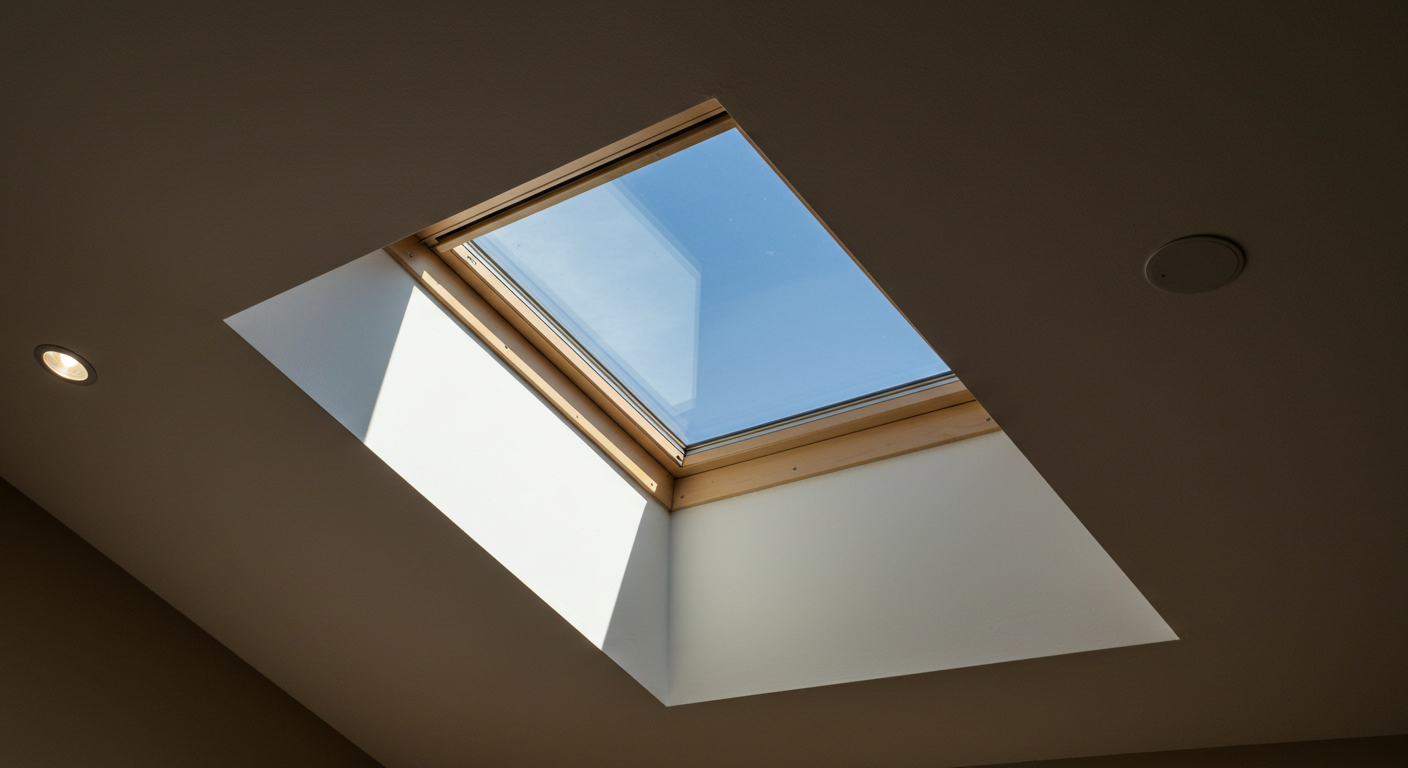Skylights are a wonderful addition to any home, offering not only natural light but also enhancing the overall aesthetics of a space. Selecting the right type of skylight, however, can be quite daunting given the myriad of options available. Let’s explore what to consider for selecting the perfect skylight for your living space.
Understanding Different Types of Skylights
Before diving into the selection process, it’s essential to grasp the different types of skylights available on the market. Here are the most common types:
Fixed Skylights
Fixed skylights are non-operable units designed to bring in sunlight without the option to open. They are perfect for areas where ventilation is not a priority but natural light is desired. These skylights can be installed on pitched roofs and are often utilized in hallways, living areas, or rooms that can benefit from additional illumination.
Ventilated Skylights
For homeowners seeking a breath of fresh air alongside beautiful sunlight, ventilated skylights are the ideal choice. These skylights can be opened manually or automatically, allowing for air circulation as well as light entry. They can significantly improve indoor air quality and are perfect for rooms like kitchens and bathrooms where humidity might be a concern.
Tubular Skylights
If you’re looking for a compact solution, consider tubular skylights. These are smaller diameter tubes that capture sunlight on the roof and funnel it down into your home. They are especially advantageous in tight spaces or hallways, where traditional skylights may not fit. Moreover, they are energy-efficient and can greatly reduce the need for artificial lighting.
Key Factors to Consider When Choosing a Skylight
While the type of skylight is a significant part of the decision-making process, several other factors should also be considered to ensure you make the right choice for your home.
Location and Orientation
The location and orientation of your skylight can affect how much light it lets in and the overall energy efficiency of your home. South-facing skylights tend to receive the most sunlight throughout the day, making them suitable for living spaces that could benefit from natural warmth. Conversely, a north-facing skylight will provide more even, indirect light, ideal for rooms where glare is a concern.
Energy Efficiency
Energy efficiency should never be overlooked when selecting a skylight. Look for options with low-e glass that can limit UV rays and maintain a comfortable indoor temperature. Insulated skylights with double or triple glazing are also a wise investment, as they reduce heat loss during winter months and minimize heat gain in the summer.
Style and Design
Your skylight will impact not only the interior but also the exterior aesthetics of your home. Choose a design that complements your architectural style. For example, contemporary homes often favor sleek, minimalistic skylights, while traditional homes might benefit from more ornate designs. Ensure that the skylight enhances your home’s overall appeal.
Installation Process
The installation of a skylight requires careful planning and proper execution. It might be tempting to take a DIY approach, but hiring a professional can save you from potential complications. Proper flashing and sealing are crucial to prevent leaks and ensure longevity.
Choosing the Right Contractor
When considering installation, take the time to research qualified contractors with experience in skylight installation. Reading reviews, such as those available at this link, can provide insights into their reliability and expertise.
Maintaining Your Skylight
Once you’ve selected and installed the perfect skylight, maintaining it is essential to maximize its benefits. Regular cleaning to prevent dirt and debris build-up is critical. Make sure to inspect seals and flashing periodically to keep leaks at bay.
Safety Considerations
In addition to routine maintenance, keep safety in mind. Ensure that the skylight is made of tempered or laminated glass to prevent injuries from breakage. Consider installing blinds or shades to manage glare and heat during the summer months.
The Bottom Line
Investing in a skylight is a decision that can greatly enhance your home environment. With a thorough understanding of the types, considerations, and maintenance involved, you’re well on your way to selecting the perfect skylight.
For more detailed insights on home improvement projects, check out this article, and expand your knowledge about different home designs and skylights by visiting this page. For inspiration on modern skylight designs, explore this link or delve into maintenance tips with this resource.
